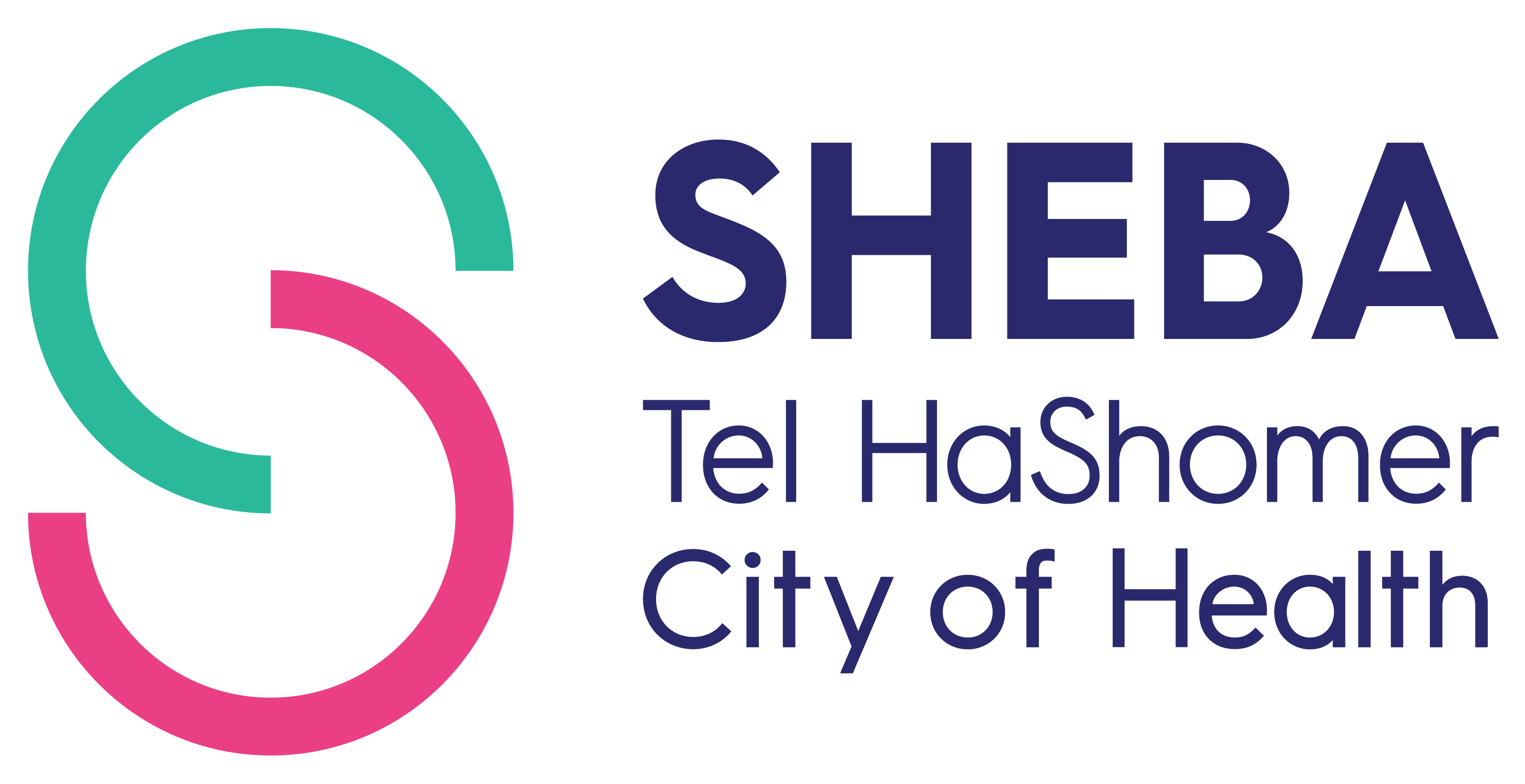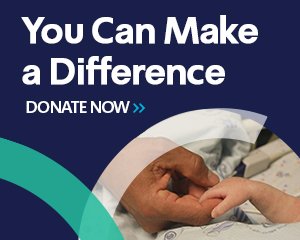Sheba Leads in Rehabilitation: Canadian Jewish News Interview with Prof. S. Noy
By Lelia Speisman The Canadian Jewish News November 10, 2005
The Chaim Sheba Medical Center is one of Israel's best kept secrets, says Dr. Shlomo Noy, director of its Rehabilitation Hospital.
The centre in Tel Hashomer near Tel Aviv has five departments: orthopedics, neurological rehabilitation, respiratory rehabilitation, multiple sclerosis and a day hospital.
It also boasts an acute care hospital, a long-term care facility, a research centre, and is home to the Israel National Center for Health Policy and Epidemiology Research, the Israel National Center for Medical Simulation and the national blood bank. Yet people just don't know about it, Noy said with regret.
The Israel-born son of Holocaust survivors and former naval medical officer was in Toronto to encourage the development of Canadian Friends of Sheba Hospital and to raise funds for a new, state-of-the-art, virtual reality rehabilitation program.
The hospital, he said, "grew with the state." In June 1948, a month after the establishment of the State of Israel, David Ben-Gurion, the country's first prime minister, together with physician Chaim Sheba, a hospital administrator, army surgeon general and later director general of the Ministry of Health, visited Tel Hashomer, the site of a very large British army camp. Ben-Gurion, Noy said, realized that there was a great need for rehabilitation services, especially for soldiers of the War of Independence.
Rehabilitation became the focus of Sheba Medical Centre, and it is now a world leader in the field, Noy said. Victims of all Israel's wars and the many terror attacks are referred there from all over the country.
Patients benefit from the continuum of care offered there, said Noy. For instance, eight hours after a person has a limb removed, he begins rehabilitation, which will eventually include fitting and training in the use of prosthetics.
SEED money from the Christopher Reeve Foundation has enabled the facility to do clinical trials on drug therapy to aid quadraplegic and paraplegic patients. As well, he said, those with high cervical spine injuries, who cannot breathe without the aid of a ventilator (like Reeve himself) can be put on a stretcher to receive hydrotherapy, portable ventilation, or any other kind of treatment or therapy.
Sheba has one of the most developed programs to treat multiple sclerois in the world, Noy said. The 1,600 active patients receive comprehensive services, including new drug therapies and social work.
Since 1997, the day hospital has treated paraplegics on an ambulatory basis, which, Noy said, helps return them to a more natural environment than a hospital offers.
The real challenge of the future, however, Noy said, is integrating new technologies into rehabilitation programs. Already, he said, Sheba's knowledge and expertise has been sent to other countries, including Mexico, which has been given eight rehabilitation facilities, but no experienced or trained personnel.
In Israel, Sheba is using virtual reality technology. For instance, he said, there is a "floating floor," a floor that looks and feels as if it is moving. Through sensors attached to the body, a person can reorient themselves so that they can stand and walk. This is not only helpful to those with prosthetics, but for people with movement disorders such as Parkinsons disease.
Lokomat, a robotic device that enables paraplegics to walk, not only reduces the danger of pneumonia, but helps strengthen muscles of the upper body. "Walter Reed Hospital in Bethesda, Md., the American army medical hospital, has bought Lokomat to help those injured in Iraq," Noy said.
Sheba Medical Centre serves as an education centre too, especially in handling mass catastrophes, such as chemical warfare. "The U.S. Army and the Canadian government has used its simulated programs," Noy said.
Sheba's programs are not only for victims of war and terror, Noy said. Many are from the plethora of car accidents which are so common in Israel.
One of the main elements at Sheba is research, Noy said, including cancer, neuroscience, and stem cells. "Eleven groups are doing cutting edge research into stem cells," he said.









